1. Redefine Pairs
Currently the International Skating Union (ISU) states that pairs and ice dancing partners must consist of a “lady” and a man, though it does not define these genders further. Why not open it up to two humans of any description? The logical place to start is ice dancing, which has its origins in ballroom dancing. The Olympics could follow the lead of the National Dance Council of America (NDCA), the governing body for ballroom dancing competitions. In 2019 the NDCA rewrote Rule 11.A.6.a as follows:
“A couple is defined as a leader and a follower without regard to sex or gender in all dance genres sponsored by the NDCA.”
The movement is gaining traction. In 2019 a same sex couple won the Danish version of “Dancing with the Stars.”
Perhaps the Dance Council was inspired by the 2007 Will Ferrell movie “Blades of Glory,” a slapstick spoof of figure skating. Ferrell and his rival are banned from singles competition. By necessity, they team up to compete as an all-male pair. Big yucks of laughter ensue.
2. Eliminate the Dress Code
Let’s unpack ISU’s dress code as described in Rule 501 of the Special Regulation and Technical Rules Handbook:
“At ISU Championships, the Olympic Winter Games and International Competitions, the clothing of the Competitors must be modest, dignified and appropriate for athletic competition – not garish or theatrical in design. Clothing may, however, reflect the character of the music chosen.”
Aren’t the current rhinestone-laden outfits (referred to as “costumes”) the embodiment of garish and theatrical? Don’t current costumes stretch the concept of “modest” and “dignified?” The word appropriate is vague, even more so when combined with “appropriate for competition.” With the exception of the oddball sport of synchronized swimming, figure skating is the only sport where a fashion statement is an implicit part of scoring.
“The clothing must not give the effect of excessive nudity inappropriate for the discipline.”
Hmm, the effect of excessive nudity, how to interpret that? Does an expanse of flesh-covered mesh give the effect of nudity? Mesh is specifically designed to give the impression of the lack of clothing. Now we must consider the overlap between the lack of clothing and nudity. Based on current skating costumes, nudity only refers to explicit exposure of secondary sex characteristics (i.e. nipples).
“Men must wear full length trousers and must not wear tights.”
The dress code for men and women diverges over the issue of tights – okay for women, verboten for men. In the 1988 Calgary Games, the US figure skater Debbi Thomas rocked a spangled unitard during her short program. Her rival Katarina Witt wore a dress with scant feathers revealing either a deliberate thong or incidental wedgie.
The ISU officials were so scandalized by this brazen display of (albeit athletic) anatomy that the rules were rewritten to require a skirt covering the “hips, midriff and behind.” While a skirt might provide coverage when immobile, twirling renders it utterly ineffective. Full-on crotch shots are the norm in the pairs competition.
The ISU lifted the skirt requirement in 2004, opening the door for anatomically explicit unitards for women. However, men are still required to wear “trousers.” (To me, the choice of the word “trousers,” as opposed to pants, adds a humor note. I consider trousers a type of baggy pant worn by men without a waist, illustrated by Fred Mertz in “I Love Lucy,” not a good look for a skater.)
The cut-off points in the spectrum from trouser/pants to tapered pants to leggings to the outlawed tights are unclear. The rationale for this ban is equally unclear. Some have suggested that the tender sensibilities of the judges would quake at the thought of men wantonly displaying a gonadal bulge. If that is the case, the sight of swimmers in the summer Olympics should provoke a nervous collapse.
Those not meeting the dress code receive a deduction in their technical score. Skaters also receive a deduction if rhinestones or crystals fall off during a program.
The final score is a combination of technical and “overall performance” scores. Beyond the dress code, the technical performance evaluates such things as whether the quad jump really did have four rotations. The overall performance score is judged on four elements, detailed in Rule 353.1.n of the ISU handbook and include 1) skating 2) transitions 3) composition and 4) music interpretation and performance. Dress is not an explicit component of any of these elements. Music interpretation and performance seems to be the most relevant to costume and is described as “involvement of the skater physically, emotionally, intellectually in translating the music.”
My suggestion – delete the dress code. The explicit technical requirements – modest, dignified, garish, theatrical, or appropriate – have devolved into meaningless terms. Dress only implicitly contributes to the “overall performance” as a visual representation of a skater’s emotional and intellectual connection to the music. The hell with modesty and dignity, if the music calls for it, you can go native with impunity! (Note that the man, against all logic, is still wearing the required pants).
However, I note that cross-dressing would meet the dress code. From the waist up many men already cross traditional gender norms. Women can wear a tuxedo or a T-shirt with a pack of cigarettes snugged into a rolled up-sleeve. After all, skaters are invited to display their individuality as part of the performance.
3. Musical Choice
In 2014 the ISU relaxed the rules to allow lyrics in the musical choice. With the exception of Ice Dancing, the song choices frequently remain soaring romantic numbers, though there have been some creative moments. The other night a skater performed to an instrumental version of the Rolling Stones song “Paint It Black,” whose lyrics describe depression and despair. However, the arrangement ditched the provocative words, slowed the tempo and turned it into a meditative ballad. I applaud the music choice for the first half of the program but then I would transition to the edgy up-tempo Stones version (with lyrics) in the second half. When interviewed, the skater could comment that the lyrics reflect the importance of mental health among athletes.
4. Short Term Goal
Although I would like to tweak the ISU rules, even my short-term dream of a routine to “A Whiter Shade of Pale” – my all-time favorite song – would meet the requirements. There is no ISU prohibition on make-up, so both partners could have make-up that is, in fact, a whiter shade of pale, some sort of sepulchral look and one (or both) could be dressed as vestal virgins leaving for the coast.[1] There are cartwheels in the song, which could translate nicely to some spins or jumps (in addition to the song’s lyric “feeling kinda seasick”). The skaters could play to the audience and ask them to “cry out for more.” The performance would be the complete package of the physical, emotional and intellectual translation of the music and lyrics.
5. Stretch Goal
It is unrealistic to imagine that the ISU will permit a same sex couple, but there is an intriguing loophole allowing for role reversal. The rules for the pairs competition do not distinguish between the leader and the follower. As long as the pair performs the required lifts and throws, technically a tall sturdy woman could be the tosser and a jockey-sized man could be the tossee, or a similar-sized couple could alternate tossing and catching during the routine. The two could wear identical ambiguous outfits. Let the games begin.
[1] Lyrics for a Whiter Shade of Pale.
(Procul Harem are the original artists, but the Annie Lennox version gets my vote.
[https://www.youtube.com/watch?v=VZqPoriYXho])
We skipped the light fandango, turned cartwheels ‘cross the floor
I was feeling kinda seasick, the crowd called out for more
The room was humming harder as the ceiling flew away
When we called out for another drink the waiter brought a tray
And so it was that later
As the miller told his tale
That her face, at first just ghostly
Turned a whiter shade of pale.
She said “there is no reason”
And the truth is plain to see
But I wandered through my playing cards
Would not let her be one of sixteen vestal virgins who were leaving for the coast
And although my eyes were open, they might have just as well’ve been closed
Share:

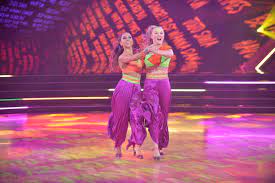
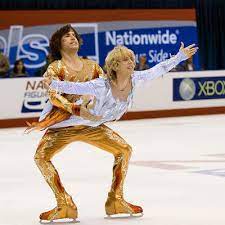
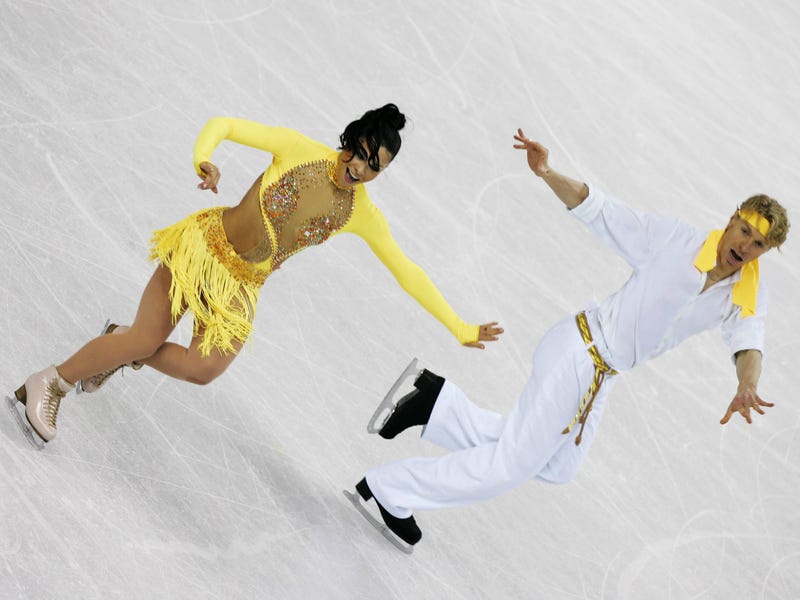
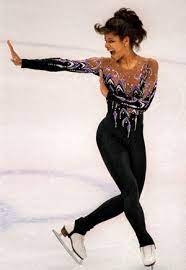
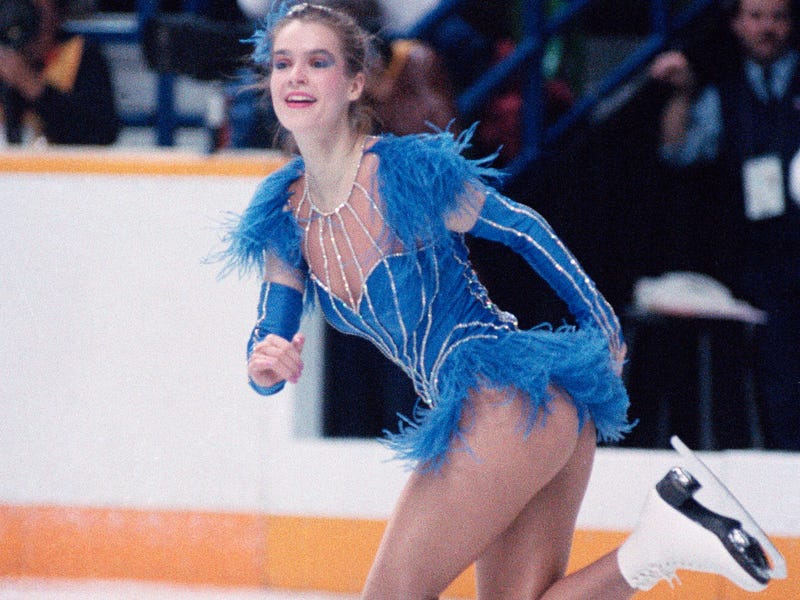
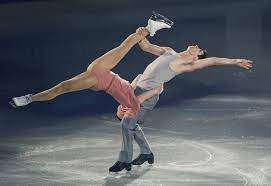
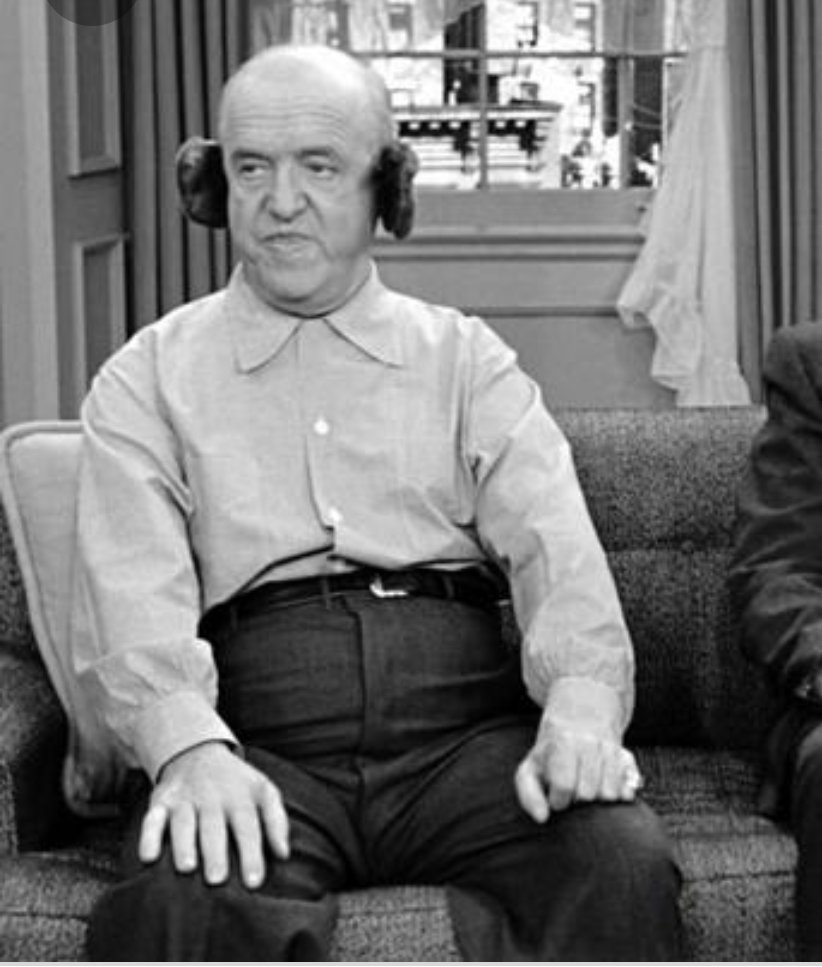
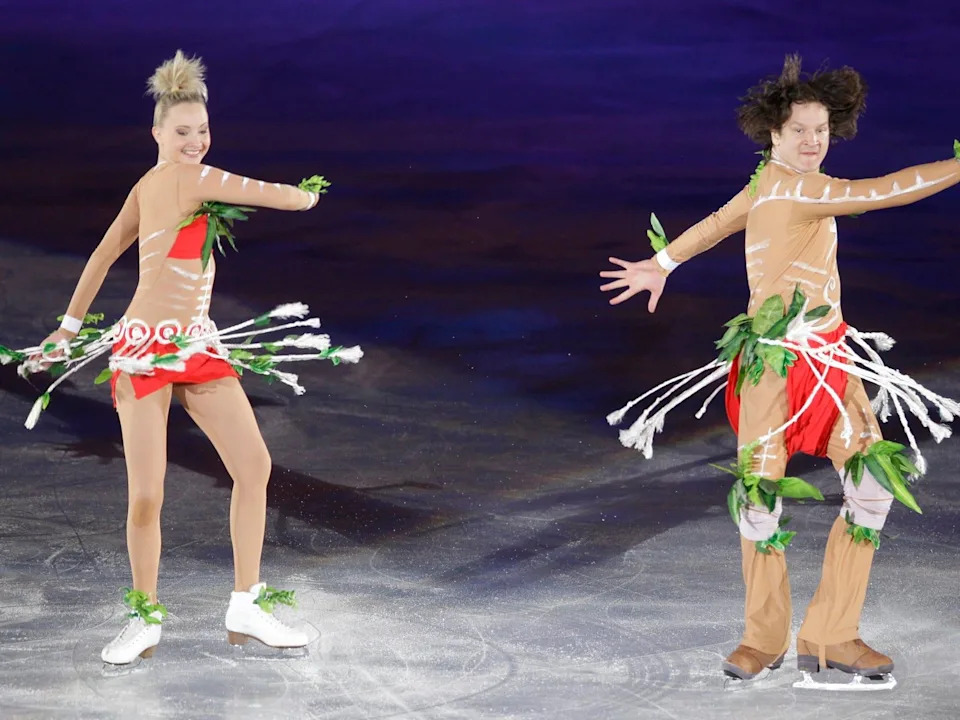
Procul Harem’s “A Whiter Shade of Pale”
and seven or so years later, Barry White’s “I’ll Do For You Anything You Want Me To” remind me of my days (and nights) of study. Perhaps that’s why I never did well!
With all the LGBQT (or whatever the alphabet soup is these days) how long will it be before we have 3 Competitions (Man & Woman; 2 Men; 2 Women) and then perhaps another for those who’d rather not say which gender they are?
PS Have just launched my latest book, Corona! See: https://www.amazon.com/gp/product/B09SGM5VLH/ref=dbs_a_def_rwt_bibl_vppi_i2